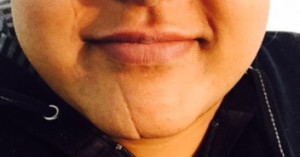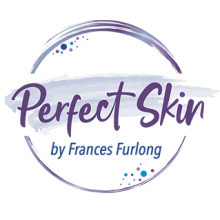

 People with skin problems are at high risk of developing psychological problems, and they can linger even after the skin gets better. Skin disorders rarely kill people, but they have a huge impact on all aspects of an individuals life. Major depression can occur as a result of chronic skin conditions , with suicidal thoughts as another consequence. Skin problems that effect our faces or visible scars are often more problematic whilst some would argue that trying to improve your appearance, skin disorder or scarring is vain. You need to take into account t that body image accounts for one quarter to a third of a persons self esteem, and self esteem is a major influence on overall psychological health. Therefore ones appearance has a huge impact on psycho.ogicalhealth. Three part series on skin issues part 1, scars, part 2, rosacea and part 3 acne.
People with skin problems are at high risk of developing psychological problems, and they can linger even after the skin gets better. Skin disorders rarely kill people, but they have a huge impact on all aspects of an individuals life. Major depression can occur as a result of chronic skin conditions , with suicidal thoughts as another consequence. Skin problems that effect our faces or visible scars are often more problematic whilst some would argue that trying to improve your appearance, skin disorder or scarring is vain. You need to take into account t that body image accounts for one quarter to a third of a persons self esteem, and self esteem is a major influence on overall psychological health. Therefore ones appearance has a huge impact on psycho.ogicalhealth. Three part series on skin issues part 1, scars, part 2, rosacea and part 3 acne.
Scars
A scar is a mark that is left on the skin after a wound or an injury to the surface of the skin has healed. They are very common and most people have at least one on their body and are part of the natural healing process
How do scars form?
When the skin is wounded and there is a break in the body’s tissues, the body produces more of a protein called collagen, as part of the healing process. Collagen builds up where the tissue has been damaged, helping to heal and strengthen the wound.
For a period of about three months or longer, new collagen continues to form and blood supply increases, causing the scar to become raised, lumpy and red. Some collagen then breaks down at the site of the wound, the blood supply reduces and the scar gradually becomes smoother, softer and paler.
Types of scars and possible treatments
1- Flat, pale scars – these are the most common type of scar and are due to the body’s natural healing process. Initially, they may be red or dark and raised after the wound has healed, but will become paler and flatter naturally over time. This can take up to two years.
Some laser and intense pulsed light treatments can help reduce the redness and improve the healing
2- Hypertrophic scars – red, raised scars that form along a wound and can remain this way for a number of years.
Again laser, intense pulsed light, dermal pen treatments can help lessen the appearance, keeping the scar moist also helps.
3-Keloid scars – these are caused by an excess of scar tissue produced at the site of the wound, where the scar grows beyond the boundaries of the original wound, even after it has healed.
Dermal pen treatments can really help , also keloid scar gels available on prescription
4-Pitted (atrophic or “ice-pick”) scars – these have a sunken appearance.
Good results with dermal filler, dermal pen, chemical peeling and certain types of lasers.
5- Contracture scars – these are caused by the skin shrinking and tightening, usually after a burn, which can restrict movement.
SpeciAlist gel bandages and in recent years hydrating dermal filler droplets to soften the skin can really help
